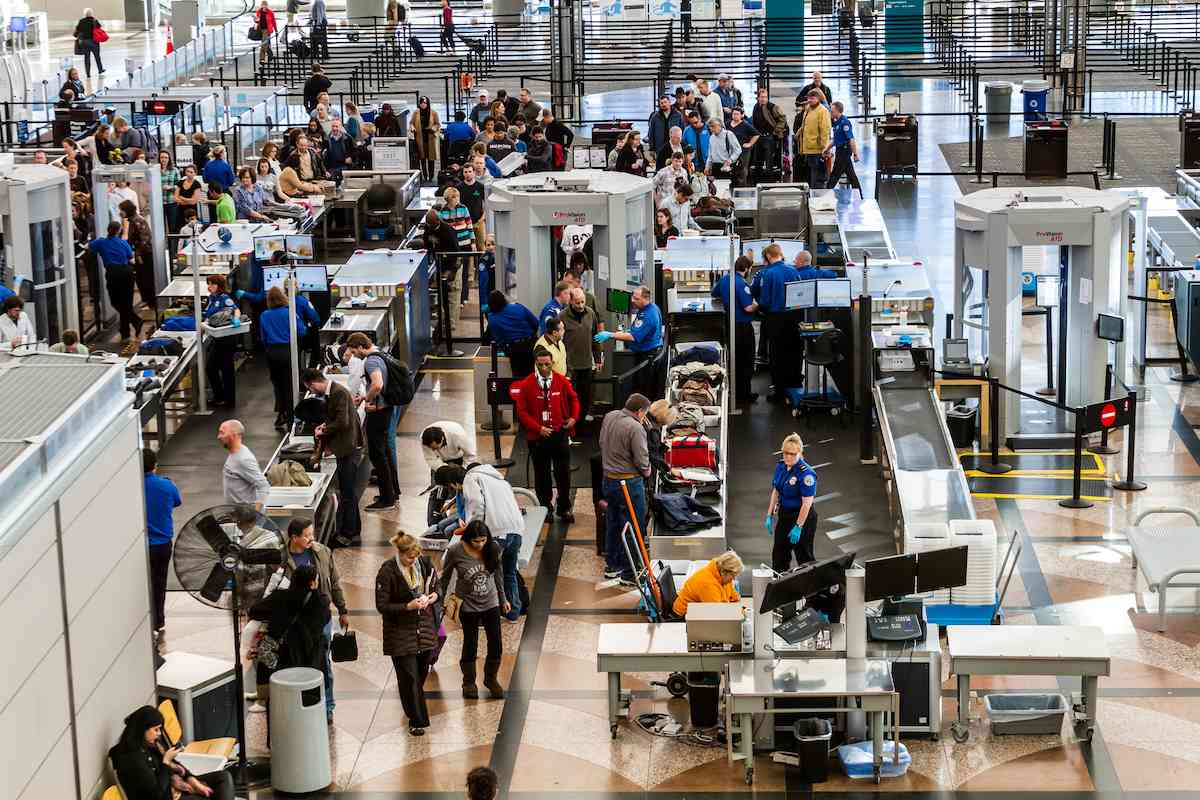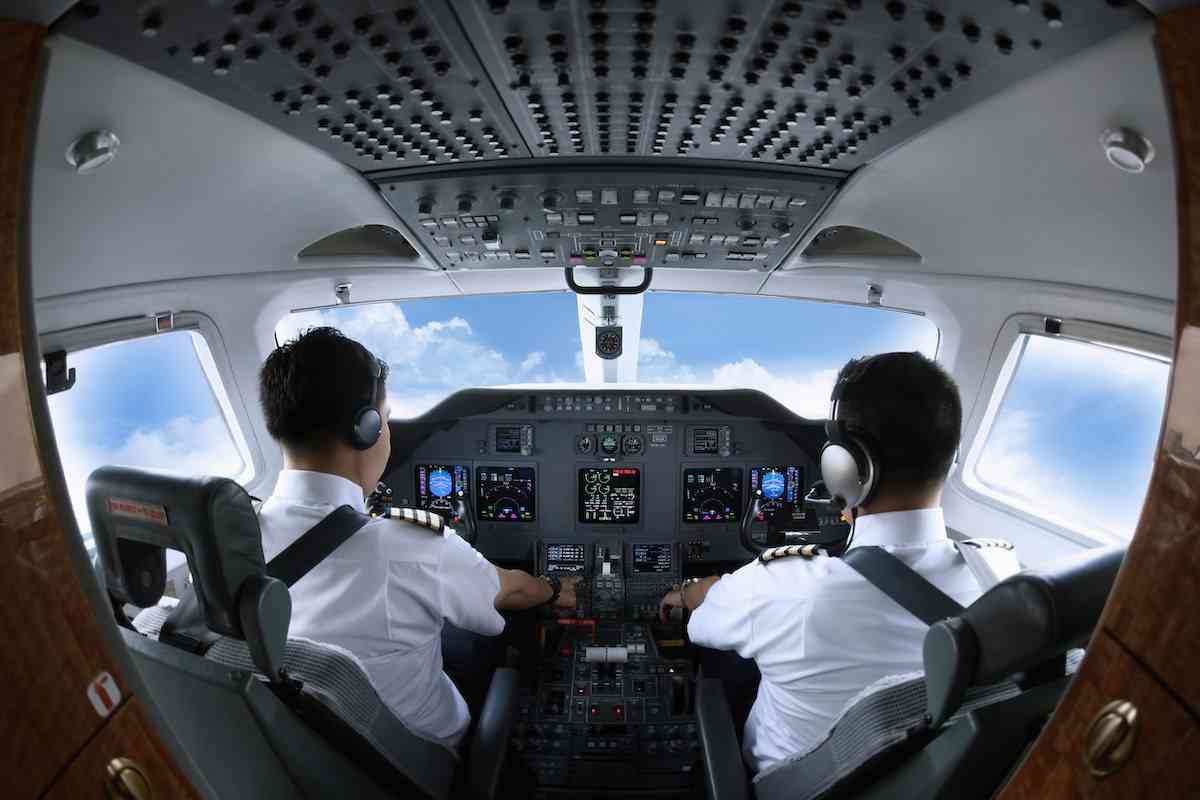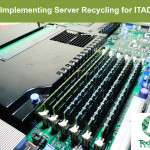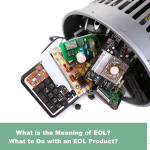Aerospace Equipment Recycling and Decommissioning
The aerospace industry has many aspects, all of which rely on cutting-edge technology, which continues to evolve at a fast pace. From airport security and infrastructure to developing NASA projects, this industry is constantly undergoing rapid change, which results in the necessity of discarding a large range of equipment. There are many types of participants in the aerospace industry, each of which has its own electronic equipment disposal needs. We offer services to:
- Airplane manufacturers
- Airlines
- Airports
- Air traffic control
- Guidance systems manufacturers and operators
- Airport security systems
- Military projects
- NASA
- Contractors serving military and civilian aviation
- Private space exploration companies
There are several major concerns when it comes to addressing proper disposal of electronic waste generated by the aerospace industry. These include:
- Data security
- Environmental compliance
- Prevention of outdated or faulty products from re-entering the market
- Cost effectiveness
IT assets and power sources used in aerospace projects tend to be both large-scale and powerful. They are also likely to contain hazardous materials. This industry must also comply with a variety of environmental and safety regulations. Electronic waste stemming from the aerospace industry can consist of computer and networking equipment, electric circuitry, power sources and more. Its disposal often falls under multiple regulations, including environmental laws as well as specific security protocols such as those set forth by the NSA and the Department of Defense.




Electronic Equipment in Airports
Airports use a wide variety of technology, with applications that include security, scheduling and tracking. Security devices can include handheld and walk-through electromagnetic metal scanners. Other types of scanners use X-rays to screen baggage. Increasingly, airports are also using ion mobility spectrometry systems for more accurate detection of even trace amounts of explosive substances. These can consist of baggage or human portals, as well as handheld devices.
Many airports now also have a backscatter X-ray scanner or a millimeter wave scanner. All these machines provide a scan that is digitally analyzed. Thus, in addition to the scanning mechanism itself, additional equipment would include computer systems and displays.
Air traffic control is another area that continues to increase its reliance on technology. In addition to visually observing aircraft through the tower window, controllers also use radar displays. There are also conflict alert systems that send automated warnings if a plane is heading for an occupied runway. Some airports have set up remote digital towers that gather data through cameras and microphones and transmit it to a control center. Increasingly, airports are implementing integrated automated systems that track aircraft and display the relevant data, enabling more efficient scheduling and routing. These systems have radar and digital components.
Airports also use a multitude of equipment geared towards streamlining the passenger experience. In addition to flight display boards, most airports have terminals where passengers can check in and print boarding passes. Airline and airport personnel use both specialized computers and standard office equipment to perform their duties.


Avionics
Spacecraft and aircraft use many types of electronic systems. These components are used in navigation, communication, system management, monitoring functions and individual systems. A typical aircraft will also contain weather monitoring equipment, flight recorders, anti-collision and autopilot systems. Navigation systems can use satellite signals, radio or inertial navigation systems. They also keep automatic track of the position and display it on a monitor. Systems designed to monitor vital functions such as fuel distribution and engine performance tend to be complex and include many types of sensors, as well as a computer that analyzes the data, regulates functions or sends an alert.
In defense applications, avionics cover a wide range of tactical functions. Equipment can include a variety of sensors and platforms that integrate the data coming from them. Communications systems typically feature encryption for a high level of security. Other devices may include radar, sonar, infrared devices and other electro-optics. Military aircraft also use electronic support measures and defensive aids to analyze threats and launch countermeasures.
As military systems have a need to gather and process a large amount of data quickly, this sector is constantly developing improvements to better integrate and speed up streaming and data processing. As older models of processors and sensors become discarded, it is vital to ensure proper and secure disposal for these components.
Data Destruction for Optimal Security
As flight and communications technology becomes increasing digitized and networked, the National Business Aviation Association reports an increased concern about aviation data security. The Center for Strategic and International Studies lists several significant hacking incidents aimed at airlines and related industries in 2018 and 2019. Whether you are protecting your customers’ data or national security, it is paramount to work with an electronic waste company that understands and effectively addresses your data security needs when performing electronic waste disposal.
We offer several levels of data destruction that assure compliance with the highest security standards:
- Level 1: military-grade secure data wipe for hard drives; degaussing for portable data storage; DOD compliant
- Level 2: data wipe and degaussing; certificate of data destruction specifying make, model, serial number and method of destruction; complies with DOD 5220.22M, NIST 00-88
- Level 3: data wipe, degaussing and physical destruction via stake punching; certificate of destruction; complies with DOD 5220.22M and NIST 800-88
- Level 4: Compliant with DOD, NSA / CSS 02-01 standards; includes in-house shredding as appropriate and certificate of destruction
Selecting the Right Company to Dispose of Aerospace Industry Electronic Waste
You need to know that when electronic waste leaves your premise, it is being handled safely, securely and in a legally compliant manner. Ask about certification and handling procedures. In addition, you need to know the company you are considering can handle your specific needs and is prepared to deal with your project’s scale, materials and level of necessary data security.
TechWaste certification include:
- RESPONSIBLE RECYCLING© (R2v3)
- ISO 14001
- ISO 45001
- ISO 9001
Our procedures also comply with DOD and NSA requirements. Thus, we are fully equipped to handle hazardous materials and dispose and recycle them in an environmentally responsible manner. We provide a strong chain of custody from pick-up to disposal. We work with your facility individually to identify your needs and provide the solutions you need. You will receive a full report with the detail you need for your documentation and legal compliance. Contact us to learn more about the options we offer.
Some Types of Aerospace Equipment that TechWaste Recycling Manages
- Aerospace Electronics Systems
- Avionics suites
- In-flight entertainment displays
- Radar systems
- Communications & navigation systems
- Autopilot systems
- Environmental control systems
- Passenger service units
- Cockpit displays
- FADEC engine controls
- Autopilot & Radar Systems
- Aircraft Interface Devices (AID)
- Avionics I/O Computers
- Aircraft Passenger and Crew Power
- Airfield Guidance Signs
- Approach & Navigational Aids
- Dual Sensor EVS
- Aircraft Radomes
- Aircraft SATCOM Antennas
- IFEC Embedded System Hardware
- Cockpit Controls & Panels
- Circuit boards
- Military training services and equipment.
- Drone Aircraft
- Security Scanners
- Body Scanners
- Flight Information Boards










































